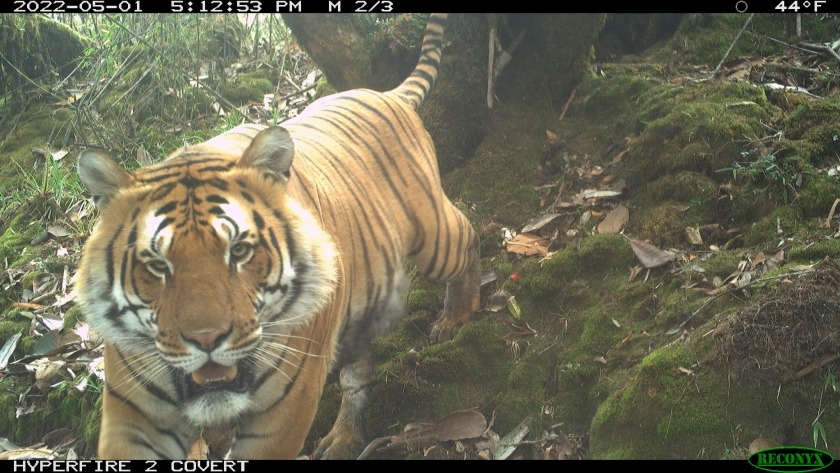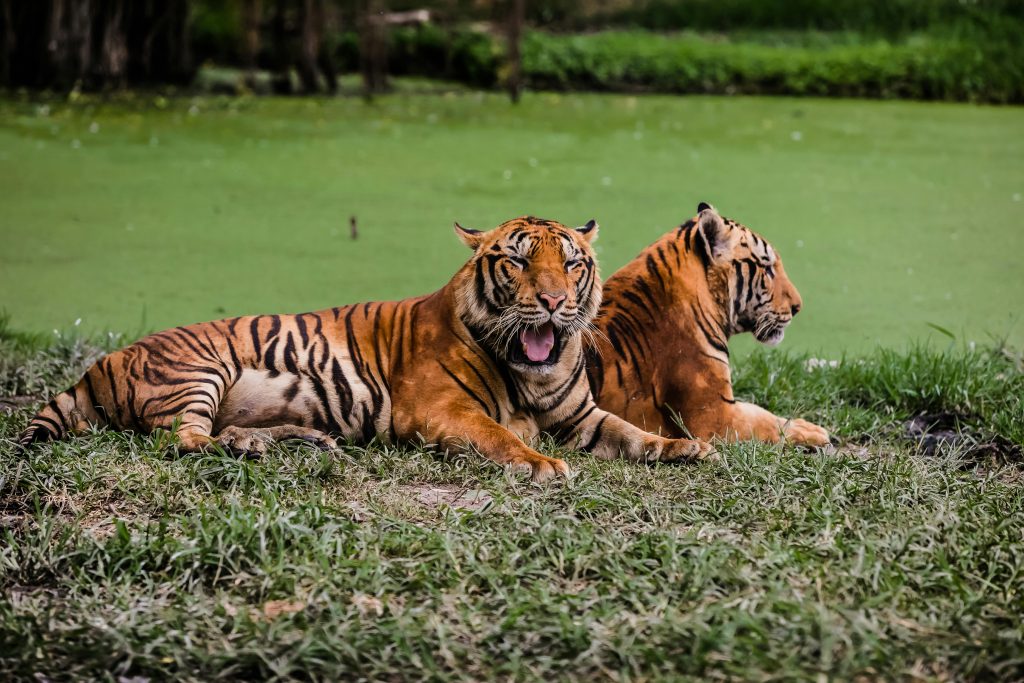The Royal Bengal Tiger, a majestic symbol of strength and resilience, has captured the admiration of the world. Originating from the Sundarbans in Bangladesh, this iconic species has found homes across various parts of the world, including the dense forests of Bhutan. As the largest member of the cat family, with some males weighing over 300kg and reaching lengths of up to 3.3 meters, the Royal Bengal Tiger is a remarkable predator that has played a pivotal role in the ecosystem.
A Remarkable Discovery in Bhutan
In a groundbreaking expedition, researchers surveyed two-thirds of Bhutan to uncover the status of the endangered Royal Bengal tiger. Their findings revealed a significant increase to 131 tigers, a 27% jump from 2015. This success story, supported by the United Nations Environment Programme (UNEP), highlights the global efforts to conserve this magnificent species.

Challenges Facing the World’s Tiger Populations
Despite the success in Bhutan, the global tiger population faces severe threats. An estimated 97% of wild tigers have vanished since the early 20th century, with only about 4,500 remaining. The Royal Bengal Tiger, while being the most numerous subspecies, is endangered, reflecting the broader crisis of biodiversity loss and ecosystem degradation affecting millions of species worldwide.
The Kunming-Montreal Global Biodiversity Framework
In response to this crisis, the international community has adopted the Kunming-Montreal Global Biodiversity Framework, aiming to halt biodiversity loss through ambitious conservation and restoration targets. This framework is crucial for safeguarding the future of tigers and the ecosystems they inhabit.

The Vital Role of Tigers in Ecosystems
Tigers are essential for maintaining healthy ecosystems. By controlling populations of wild ungulates, they help preserve the balance of vegetation and animal species. Bhutan serves as a critical corridor for tiger populations, linking them across Nepal and northeast India, and ensuring genetic diversity.
Human-Tiger Conflict and Climate Change
However, the encroachment of human activities and climate change poses significant challenges. The reduction of natural prey and habitats forces tigers closer to human settlements, leading to conflicts. Bhutan has witnessed an increase in tiger-related incidents, underscoring the need for innovative conservation strategies.
Innovative Solutions for Coexistence
The UNEP’s Vanishing Treasures programme is at the forefront of addressing these challenges. Through initiatives like community pasturelands and solar-powered electric fences, the programme aims to protect livestock and crops while preserving tiger habitats. This approach not only protects tigers but also supports local communities, showcasing a model for harmonious coexistence.










